- Home
- Photography
- How to Change Camera Settings
How to Change Camera Settings for Better Nature Photos
My first-ever attempt with a "proper" camera was a shot of a drake Mallard, his head a jewel of iridescent green in the morning sun. In my mind, it was a masterpiece.
The print told a different story: a dark, blurry, disappointing mess.
I didn't understand the knobs and dials. They scared me. So, for a long time, I ignored them, hoping for the best.
My grandfather, watching me struggle, gave me the one piece of advice that changed everything. "The camera's controls aren't a technical barrier," he said. "They are the language it uses to see the world."
Learning to speak that language is how you move from taking snapshots to capturing the soul of a moment.
If you've ever felt that same intimidation, that fear of the complex machine in your hands, let me reframe this for you. This isn't about memorizing a manual. It's about learning to translate what you feel into a photograph.
This guide is built on three questions I had to ask myself. Three emotional "clicks" that unlocked that language for me, and will for you, too.
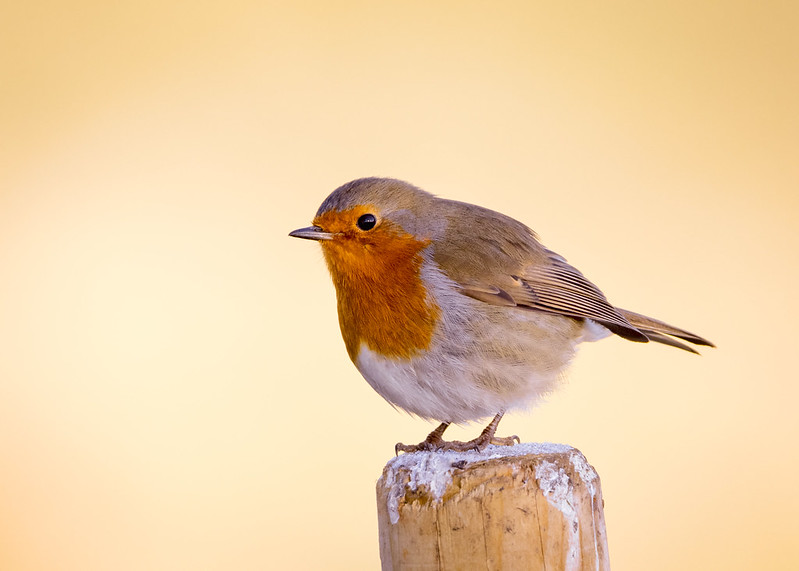 European Robin taken at f7.1 has nicely blurred the distant background
European Robin taken at f7.1 has nicely blurred the distant backgroundQuestion 1 - "How Do I Make the Background Just... Melt Away?"
For months, my photos were flat. They documented a scene, but they never captured a feeling.
The "click" came on a warm July afternoon. A Peacock butterfly, wings closed, sat on a thistle. Then, it opened them. A sudden flash of fiery orange and four mesmerizing, violet eyespots.
I felt a jolt of wonder. I wanted to capture that. Just the breathtaking reveal, not the chaotic meadow behind it.
The question formed in my mind: "How do I make the background just… melt away?"
This is the magic of Aperture.
My grandfather called it the "paintbrush." Think of it as the pupil of your camera's eye. A wide-open aperture (a small f-number, like f/2.8) sees a very narrow slice of the world in sharp focus, melting the rest into a watercolour of greens and browns.
Crouching in the cool, damp air, I set my aperture to f/4. I wanted those eyespots to be the hero, with the rest of the scene a soft, supporting whisper.
Your Turn: Put your camera in Aperture Priority mode ('A' or 'AV'). Find a simple subject—a flower, a garden bird. Turn the dial to the smallest f-number it allows.
See how the background blurs? You've just learned to paint.
This is the moment you stop documenting and start creating. You're choosing what matters. You're guiding the viewer's eye not just to what you saw, but to what you felt.
Feeling inspired by this? My full guide on capturing the delicate beauty of butterflies takes this idea even further.
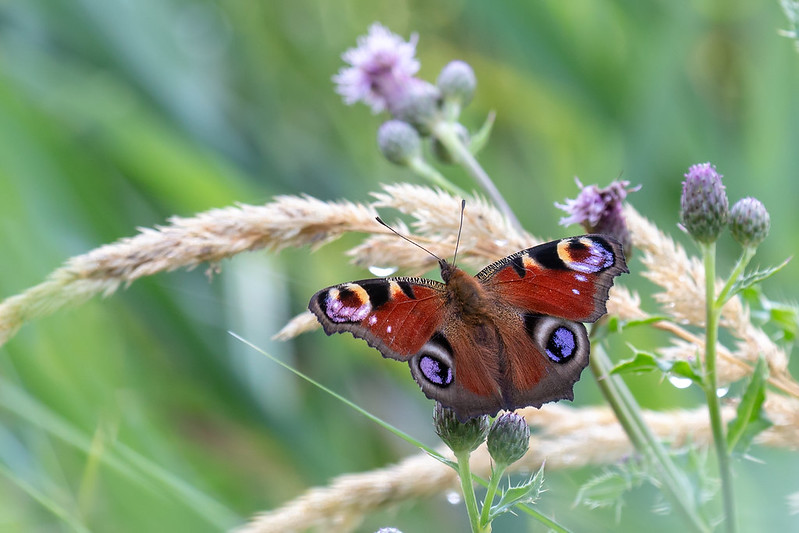
Question 2 - "How Can I Freeze a Single Moment in Time?"
Still subjects are one thing. But nature is rarely still.
My early attempts at capturing motion were a disaster. I have hundreds of photos of blurry squirrels, streaky finches, and abstract smears that were once gulls.
The lesson that tamed motion came from my own back garden. A robin was bathing, sending a chaotic spray of water everywhere. My challenge: to freeze that chaos.
The question hit me: "How can I capture one of those droplets, hanging in the air like a tiny diamond?"
This is where Shutter Speed comes into the game.
It’s simply how long the camera's eye stays open. To freeze a moment (a wing beat, a water splash) you need to open and close that eye in a tiny fraction of a second, perhaps 1/1000s or faster.
I cranked my shutter speed to 1/1600s. The resulting photo was a revelation. The water droplets were perfectly sharp, suspended in time. The very tips of the robin's wings were still a soft blur. A beautiful reminder that nature is always faster than we think.
Your Turn: Switch to Shutter Priority mode ('S' or 'TV'). This is your action mode. Set the speed to at least 1/1000s. Go find something that moves - a dog chasing a ball, gulls at the park.
That moment you realize you can stop time? It's pure exhilaration. You are meeting the moment with skill.
Want to know which birds are visiting your garden? I've created a simple guide to common garden birds to help you identify your subjects.
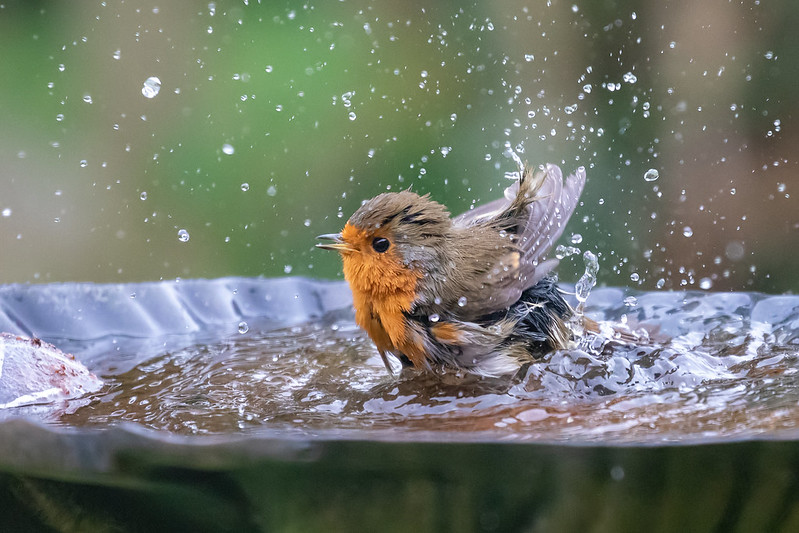 I used a fast shutter speed of 1/1600 which froze the water movement. The Robin's wings were flapping too fast for me to freeze them at this speed!
I used a fast shutter speed of 1/1600 which froze the water movement. The Robin's wings were flapping too fast for me to freeze them at this speed!Question 3 - "Do I Have the Courage to Shoot in the Dark?"
The best moments often happen at the edges of the day. For years, I put my camera away when the sun got low, terrified of the "grainy" noise that appeared in my photos.
The moment that changed this was on a murky winter's morning at Paxton Pits. A streak of turquoise—a kingfisher. It landed on a nearby branch.
I had to be quick. The light was terrible. "It's a blurry photo or a noisy one," I thought. "What do I have to lose?"
The question became a challenge: "Do I have the courage to shoot in the dark?"
This is where you use ISO.
Think of ISO as your camera's superpower: the ability to amplify light. A high ISO (1600, 3200, or higher) lets your shutter stay fast enough for a sharp shot, even when it feels dark.
And the noise? I learned it's not a flaw. It’s texture. It's proof you were there in the magical, fading light. A good but grainy photo is infinitely better than a clean, blurry one. A missed moment is gone forever.
A good but grainy photo is infinitely better than a clean blurry one. Noise can be removed later; a missed moment is gone forever.
Your Turn: Next time you're out at dawn or dusk, don't put the camera away. Push your ISO up. See what magic you can capture when you're no longer limited by the light.
This is the shared secret. The world doesn't end when the sun goes down!
Shooting in the golden hour is magical. Here are my secrets for making the most of that beautiful, low light.
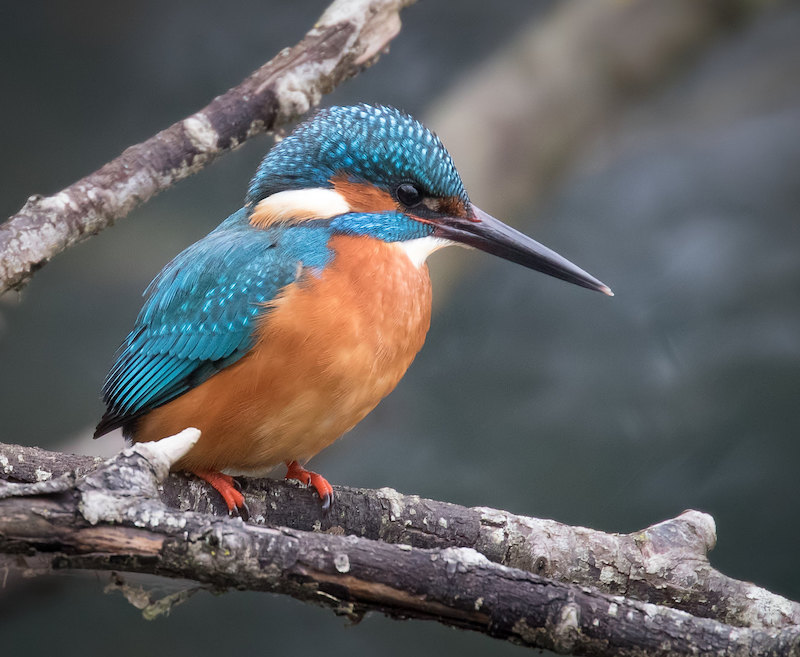 I took this Kingfisher photo with an ISO of 2000 which has introduced noise into the background
I took this Kingfisher photo with an ISO of 2000 which has introduced noise into the backgroundYour Conversation with Nature Is Waiting
- Aperture is your paintbrush.
- Shutter speed is your power to stop time.
- ISO is your courage to shoot in the dark.
My grandfather was right. These aren't just settings; they are a language. Together, they allow you to translate the wonder in your heart into an image you can hold in your hand.
The goal was never to master the technology. It was to connect more deeply with the world.
Your journey starts now. Pick one of these questions and go play. Don't aim for perfection. Aim for feeling.
Every photo you take is not a test. It's a conversation.
Now, go find something to say.
Explore More Photography Tips
Now that you understand the language of your camera, put it into practice with some of my other guides:
Feeling inspired by the low light? Discover the secrets to shooting during the Golden Hour.
Ready to get out there? Use the Nature Walk Checklist to make sure you're prepared for your next adventure.
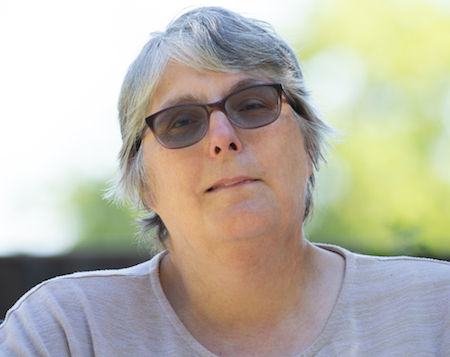
About the Author
For me, it’s never been just about bird names or camera settings, but the thrill of seeing a distant speck turn into a hunting kestrel.
After years of learning how to notice and photograph those moments, my camera has become the tool - and this site the field notebook - where I share what I’ve discovered.
If you’re ready to look a little closer, you’ll find the trips, lessons, and small wins that can help you see and photograph the wildlife right on your doorstep.
Step Behind the Wild Lens
If you've enjoyed your time here, the journey doesn't have to end.
I send out the Wild Lens newsletter on an occasional basis. It's where I share my latest field notes, the stories behind my favourite photos, and practical tips that don't always make it onto the site. It's your dose of quiet magic, delivered right to your inbox.
Join our community of curious explorers.














